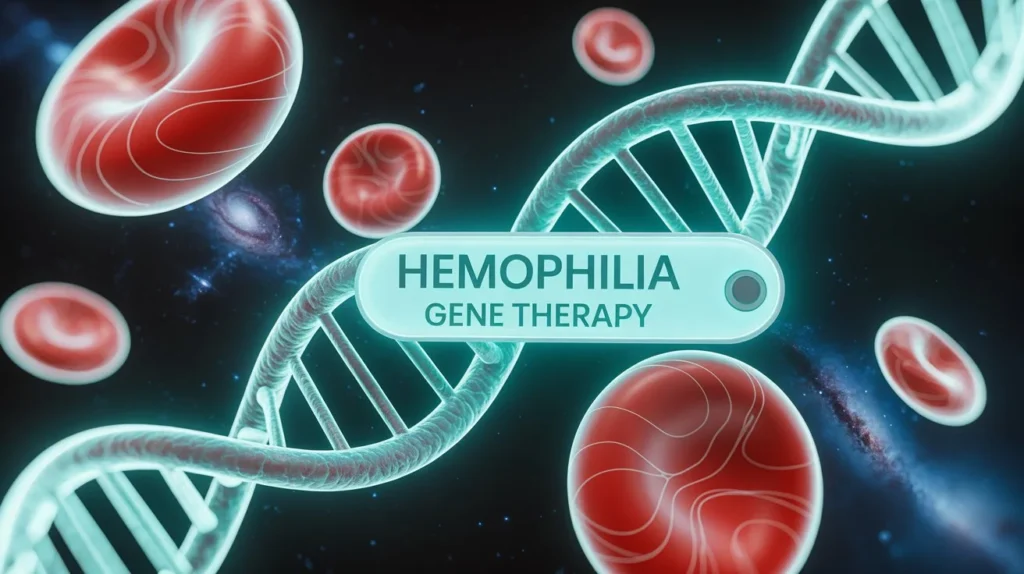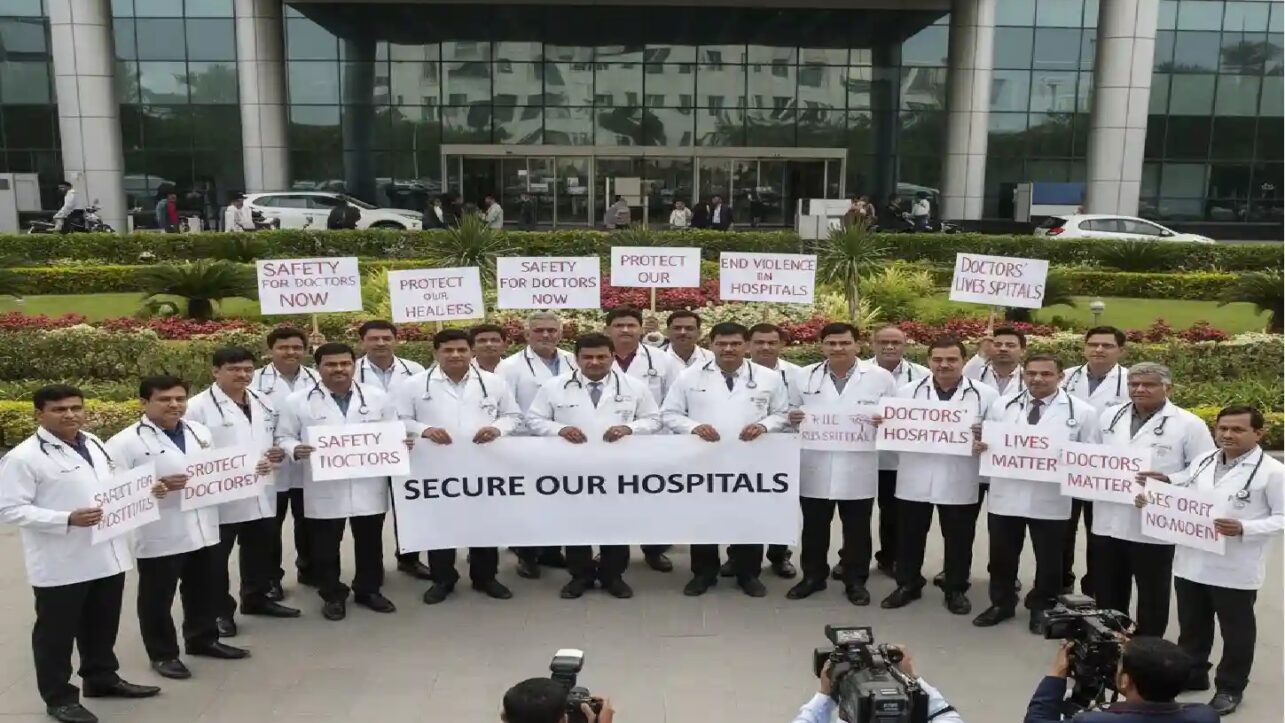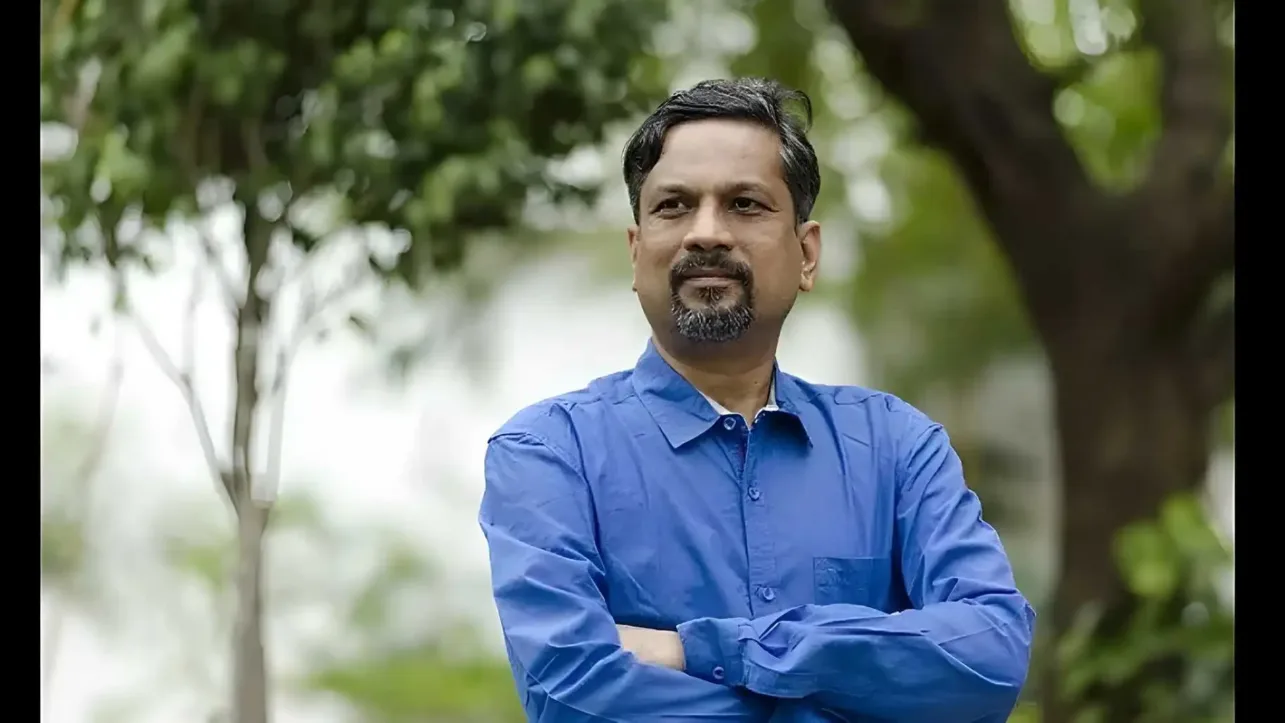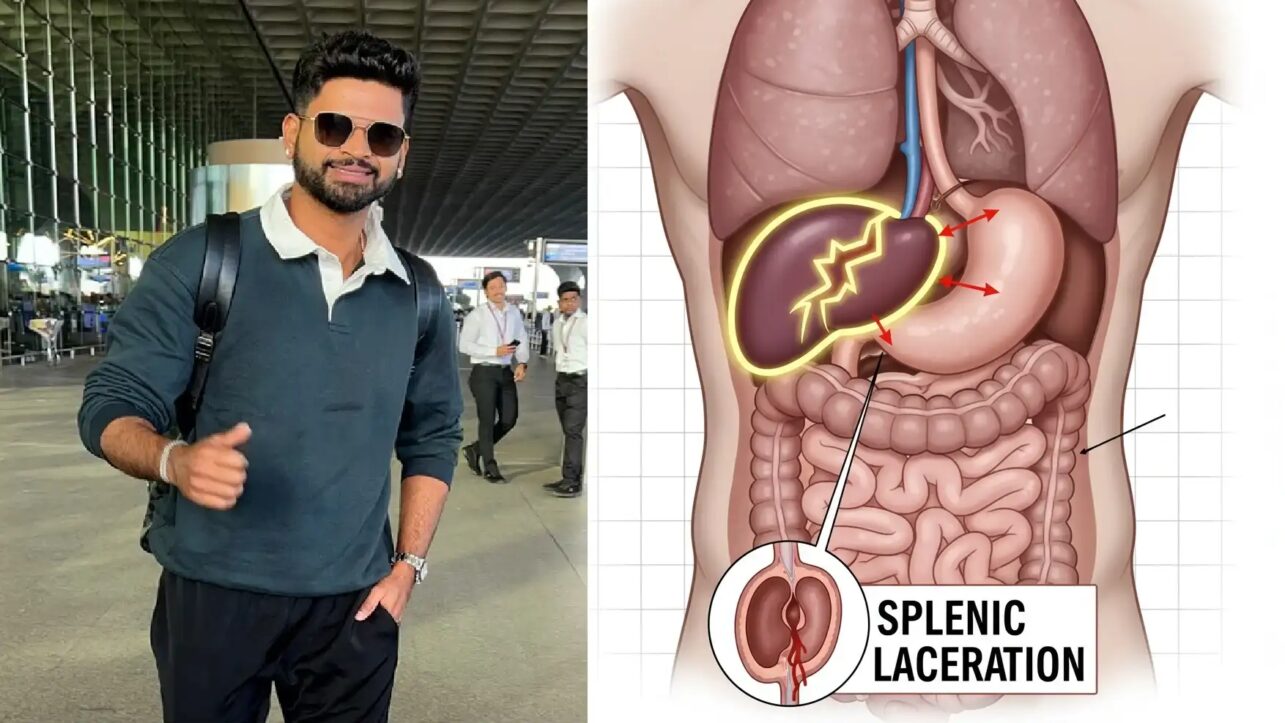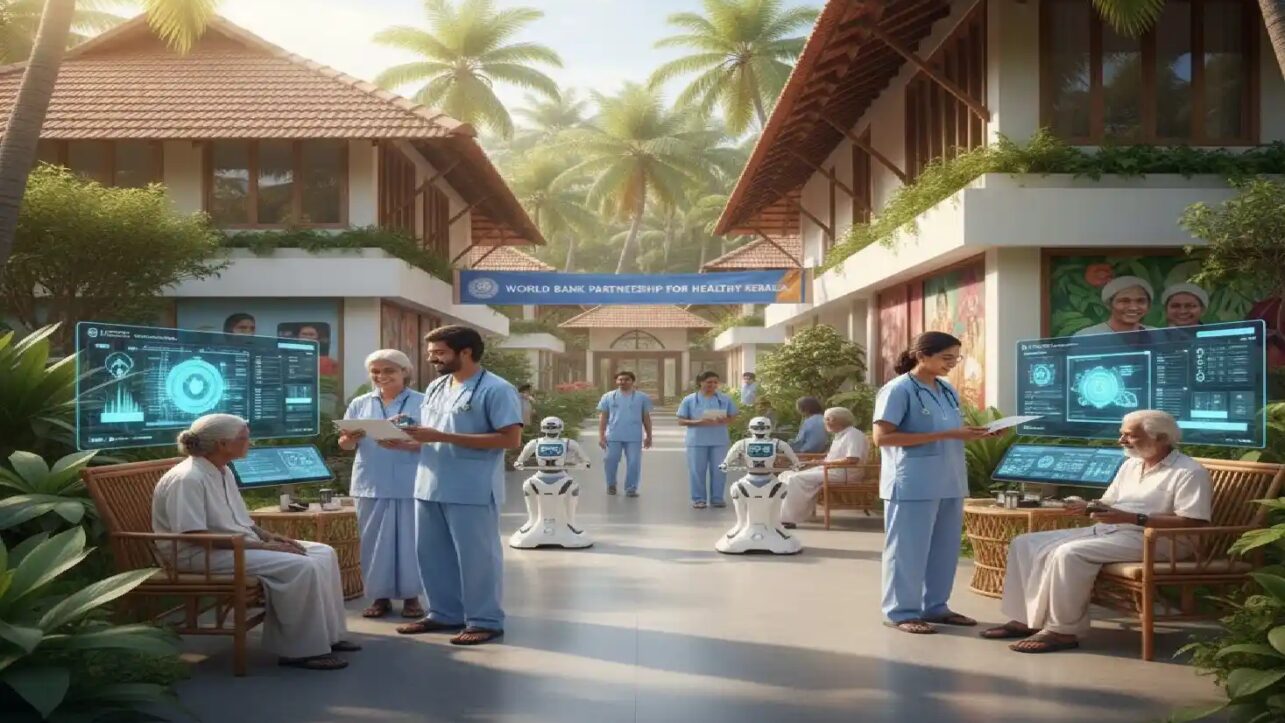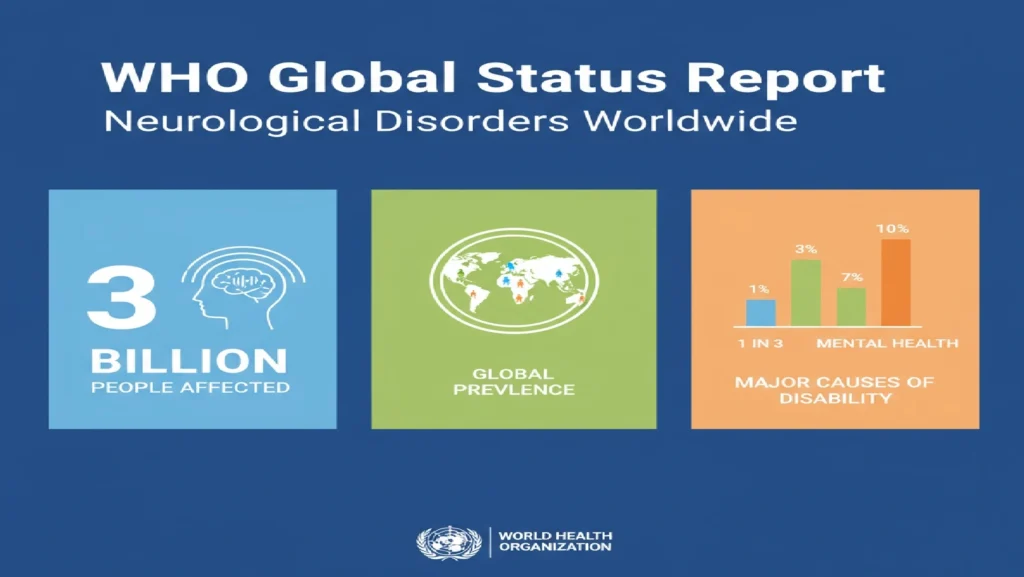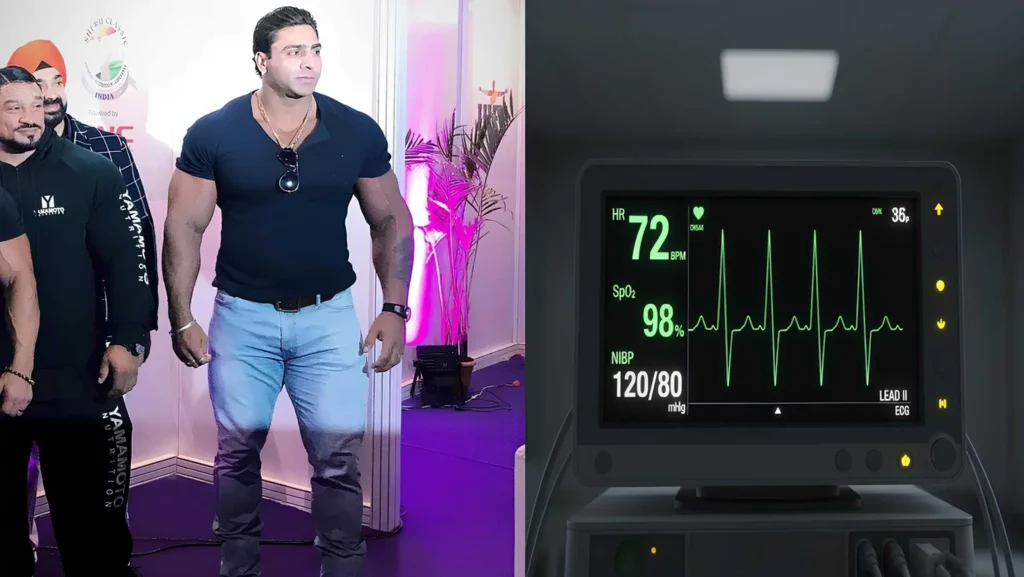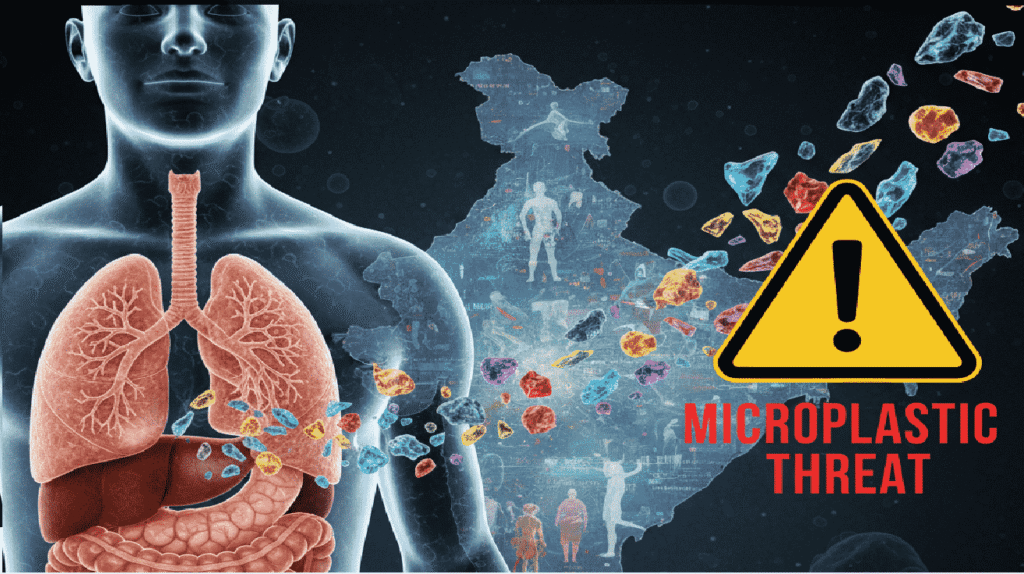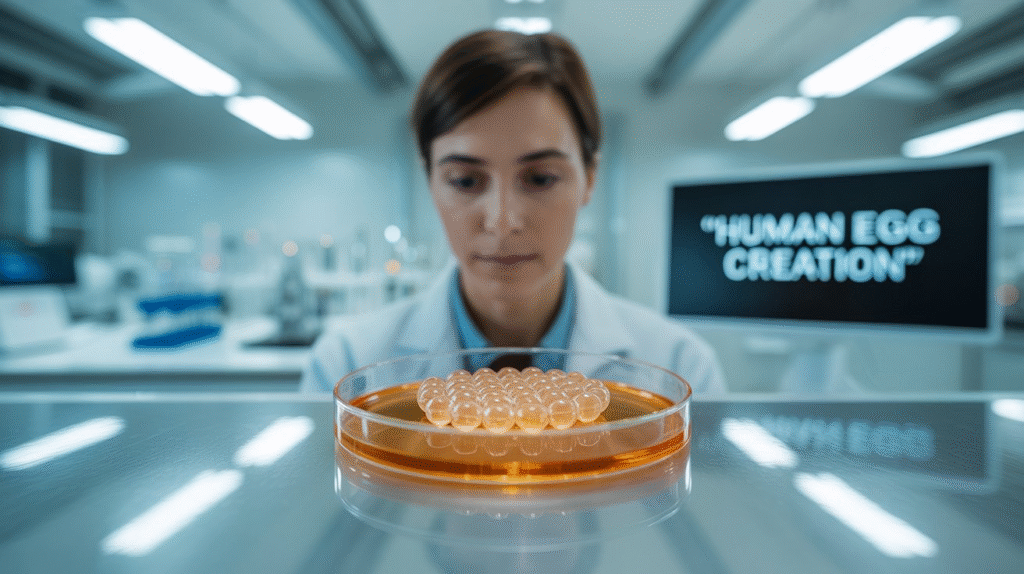Union Minister of Science and Technology Dr. Jitendra Singh on October 10, 2025, lauded Christian Medical College (CMC) Vellore and the Centre for Stem Cell Research (CSCR) for completing India’s first-in-human gene therapy trial for Hemophilia A—a breakthrough that could transform treatment for the country’s 1.36 lakh hemophilia patients.
Speaking at the 10th Annual “Cell and Gene Therapy” Symposium organized by CSCR at CMC Vellore, Dr. Singh called the achievement “not just a scientific milestone—it is a transformative step toward affordable, accessible gene therapy for India and other low- and middle-income countries“.
Revolutionary Results: Zero Bleeding Episodes Reported
The landmark clinical trial enrolled five participants aged between 21 and 45 years with severe Hemophilia A. The results, published in the prestigious New England Journal of Medicine, showed remarkable outcomes: all five participants experienced sustained Factor VIII expression with no bleeding episodes, and some reported zero annualized bleeding rates.
This achievement represents a potential cure for a condition that has traditionally required costly lifelong treatment through frequent Factor VIII infusions.
Understanding Hemophilia A: India’s Silent Health Burden
Hemophilia A is a rare genetic disorder characterized by a deficiency in clotting Factor VIII, which leads to prolonged bleeding episodes even from minor injuries. The condition significantly impacts quality of life, requiring patients—many of them children—to undergo regular hospital visits for Factor VIII infusions.
India carries the world’s second-largest hemophilia burden with an estimated 136,000 individuals living with the condition. Traditional treatments involve frequent infusions of Factor VIII and clot-preserving medications, an approach that is not only expensive but also inconvenient, requiring regular hospital visits and carrying the risk of adverse reactions.
For pediatric patients, the repeated needle procedures can lead to needle phobia, while long-term adherence to treatment regimens poses significant challenges for families.
Innovative Approach: Lentiviral Vectors Expand Patient Eligibility
What sets this Indian innovation apart is CSCR’s use of lentiviral vectors instead of the commonly used AAV (adeno-associated virus) vectors. This approach expands patient eligibility and has shown sustained Factor VIII expression in all trial participants.
The gene therapy works by modifying a patient’s own hematopoietic stem cells (HSCs) with a lentiviral vector carrying a functional copy of the Factor VIII gene. These genetically engineered HSCs are then infused back into the patient’s bloodstream, where they differentiate into blood cells capable of producing Factor VIII.
Dr. Alok Srivastava, who coordinates the gene therapy program at CSCR, developed this approach in collaboration with Emory University, the Powell Gene Therapy Centre, and the University of Florida.
Six-Month Follow-Up Shows Sustained Efficacy
Researchers monitored the participants for six months post-treatment and observed a strong correlation between Factor VIII activity levels and the number of vector copies in their peripheral blood. This finding suggests the long-term efficacy and safety of the gene therapy, offering hope that the treatment could provide a durable solution without the need for ongoing infusions.
All five participants experienced a significant reduction in bleeding episodes, with the therapy leading to sustained production of Factor VIII and eliminating the need for frequent infusions that had previously defined their daily lives.
From Lab to National Priority: India’s Biotech Revolution
Dr. Jitendra Singh’s visit to CMC Vellore comes amid India’s remarkable biotechnology growth. The Union Minister, who also reviewed facilities and ongoing clinical trials at BRIC-inStem (Biotechnology Research and Innovation Council’s Institute for Stem Cell Science and Regenerative Medicine) in Bengaluru, noted that India’s biotechnology sector has grown 16-fold in the past decade to reach $165.7 billion in 2024, with projections to reach $300 billion by 2030.
The achievement was made possible through a collaboration between CMC Vellore and BRIC-inStem in Bengaluru, with support from the Department of Biotechnology (DBT), Government of India.
CSCR, a translational unit of inStem, Bengaluru, operates under the Department of Biotechnology and has been at the forefront of stem cell research and regenerative medicine in India.
Next Phase: Commercial Development and Wider Access
Dr. Singh noted that CSCR is now preparing for the next phase of clinical development. “Several technologies for hemoglobinopathies are being transferred to commercial partners, and CSCR is building a GMP-compliant haplobank of iPSCs as part of the Global Alliance for iPSC Therapies,” he added.
The move toward commercial partnerships is crucial for making this potentially curative treatment accessible to India’s large hemophilia population at affordable prices. Gene therapy, by addressing the genetic mutation at the root of the disease, offers a potential cure by providing a lasting solution that could eliminate the need for ongoing treatments.
Breaking Cost Barriers in Rare Disease Treatment
One of the most significant aspects of this Indian innovation is its potential to provide affordable gene therapy in low-resource settings. Conventional Hemophilia A treatments in India are prohibitively expensive for most families, requiring lifelong management with regular Factor VIII infusions that can cost lakhs of rupees annually.
By developing indigenous gene therapy technology, India aims to dramatically reduce treatment costs while maintaining international standards of efficacy and safety. The use of lentiviral vectors, which are produced more cost-effectively than AAV vectors, further supports this affordability goal.
Regulatory Framework and Research Infrastructure
The trial was conducted under stringent regulatory oversight from the Indian Council of Medical Research (ICMR), the Central Drugs Standard Control Organisation (CDSCO), and the Department of Biotechnology. These regulatory processes, established specifically to enable cutting-edge gene therapy trials in India, demonstrate the country’s commitment to maintaining international standards in clinical research.
CSCR’s gene therapy program involves not only hemophilia but also extends to other areas including pre-clinical models for lentiviral vector-based gene therapy for major hemoglobin disorders, in collaboration with Emory University, USA. Work on genome editing technologies for therapeutic gene corrections in stem cells has also been initiated.
Expanding the Gene Therapy Pipeline
Beyond Hemophilia A, CSCR is developing gene therapy programs for Hemophilia B using AAV vectors, leveraging successful clinical trials with scAAV8 vectors. The research team is working with AAV3 serotype, which has shown the highest tropism for the human liver compared to all other AAV serotypes, making it one of the best options for gene transfer to human hepatocytes.
The Centre is also exploring genome editing technologies and non-vector mediated gene transfer technologies for various genetic disorders.
A New Era for Genetic Medicine in India
The successful completion of India’s first gene therapy trial for Hemophilia A represents more than just a medical breakthrough—it signals India’s arrival as a significant player in the global biotechnology and gene therapy landscape.
“This is a milestone in India’s scientific journey,” stated Union Minister Dr. Jitendra Singh during his visit to BRIC-inStem in April 2025, emphasizing the far-reaching impact of this trial not only on medical research but also on India’s future in the healthcare sector.
The collaboration between public research institutions (CSCR, inStem) and clinical partners (CMC Vellore), supported by government funding through the DBT, exemplifies the successful public-private research model that could accelerate future breakthroughs in genetic medicine.
Patient Impact: From Lifelong Treatment to Potential Cure
For the five participants in this groundbreaking trial, the results have been life-changing. The elimination of bleeding episodes and the cessation of regular Factor VIII infusions represent a fundamental shift in their quality of life.
Young hemophilia patients, who previously faced a lifetime of hospital visits, needle procedures, and activity restrictions due to bleeding risks, now have hope for a normal life without the constant shadow of their genetic disorder.
Global Implications for Low-Resource Settings
Dr. Singh’s emphasis on affordability and accessibility for “India and other low- and middle-income countries” highlights the potential global impact of this achievement. Many developing nations face similar challenges in providing expensive gene therapies to their populations, and India’s cost-effective lentiviral approach could serve as a model for other countries.
The successful development of indigenous gene therapy capabilities also reduces dependence on expensive imported treatments and builds national capacity for addressing rare genetic disorders.
Additional Facilities Inaugurated
During the October 9, 2025 event, Union Minister Dr. Jitendra Singh also inaugurated a new 42-bed Medium-Cost Private Ward in the Department of Psychiatry at CMC Vellore, demonstrating the institution’s commitment to expanding accessible healthcare infrastructure across multiple specialties.
Future Outlook: Towards Widespread Clinical Use
Significant follow-up studies and monitoring will be required to assess the therapy’s effectiveness and safety over the long term, but the initial results provide strong evidence for optimism.
The results of this pioneering trial could redefine the treatment landscape not only for hemophilia but also for other genetic disorders, bringing India to the forefront of cutting-edge medical innovations and influencing global healthcare practices.
Conclusion: Hope for 1.36 Lakh Indian Patients
With India’s 136,000 hemophilia patients and millions more affected by other genetic blood disorders, the successful completion of this first gene therapy trial opens a new chapter in Indian medicine. The combination of scientific innovation, regulatory support, and commitment to affordability positions India to become a global leader in accessible gene therapy for rare diseases.
As CSCR moves toward the next phase of clinical development and commercial partnerships, thousands of Indian families living with hemophilia can now envision a future where their children might receive a one-time curative treatment instead of a lifetime of expensive, burdensome infusions.

